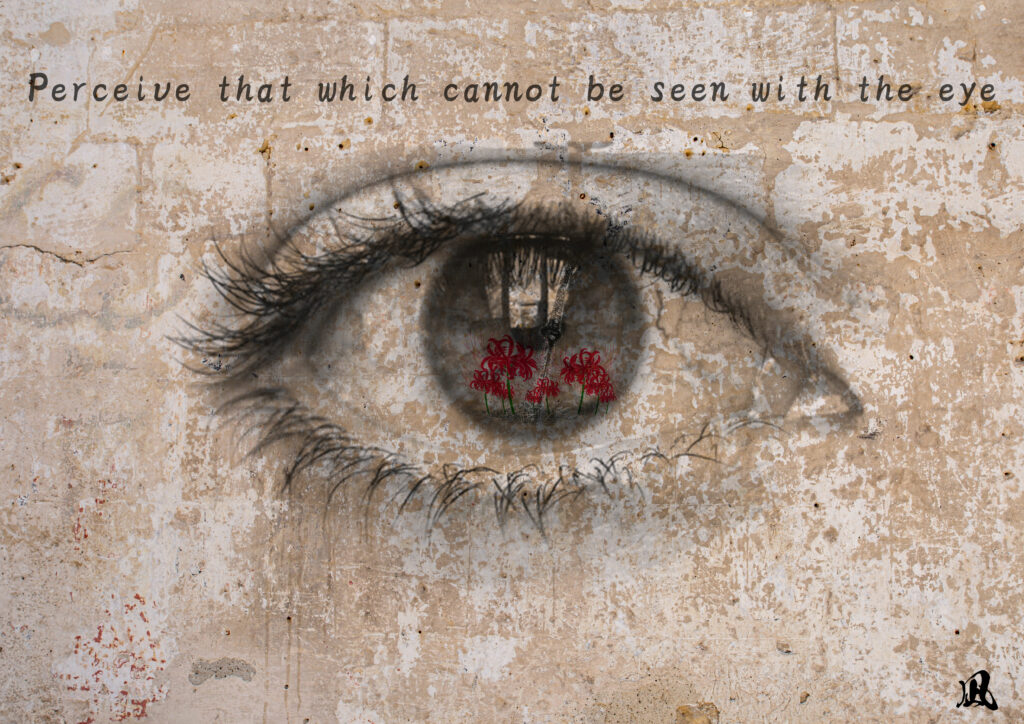Nagi alias Tom Ferreol
Qui suis-je ?
Nagi est un jeune artiste d’origine française qui a grandi dans la bourgeoisie parisienne, à quelques centaines de mètres seulement du château de versailles. Ainsi, sa sensibilité artistique fut développée chez dès son plus jeune âge, il utilise cette créativité pour dessiner la plupart de ses œuvres, ce qui lui permet une plus grande liberté.
C’est au cours de ses nombreux voyages que Nagi vient nourrir son imagination et ainsi créer des œuvres riches en références historique et/ou artistique.
Nagi is a young artist of French origin who grew up in the Parisian bourgeoisie, only a few hundred meters from the Palace of Versailles. Thus, his artistic sensibility was developed at a very young age, he uses this creativity to draw most of his works, which allows him greater freedom.
It is during his numerous trips that Nagi comes to feed his imagination and thus create works rich in historical and/or artistic references.

Unrivaled under heaven
L’une des œuvres les plus connus de l’artiste Nagi.
Dans cette œuvre, l’artiste nous propose de nombreuses référence historiques notamment sur le célèbre personnage Miyamoto Musashi, un très grand Samurai Japonais, mais également un philosophe et écrivain.
C’était un Samouraï qui ne vivait que par la lame, lui qui fut invaincu pendant plus de 61 duels, il contemplait donc la mort à chacun de ceux-ci d’où la présence des fameuses Lycoris radiata ou encore Red spider lily.
Dans de nombreuses œuvres, elle symbolise la mort d’où son nom « fleur des morts » ou « fleur de l’au-delà. »
Cette œuvre vise donc à rendre hommage à Miyamoto Musashi à travers le reflet de sa lame et des lycoris radiata dans un œil, qui est également accompagné d’une de ses célèbres phrases « Percieve that which cannot be seen with the eye«
One of the most famous works of the artist Nagi.
In this work, the artist offers us many historical references especially on the famous character Miyamoto Musashi, a very great Japanese Samurai, but also a philosopher and writer.
He was a Samurai who lived only by the blade, he was undefeated for more than 61 duels, he therefore contemplated death at each of them where the presence of the famous Lycoris radiata or Red spider lily.
In many works, it symbolizes death hence its name « flower of the dead » or « flower of the afterlife. »
This work aims to pay tribute to Miyamoto Musashi through the reflection of his blade and lycoris radiata in an eye, which is also accompanied by one of his famous phrases « Percieve that which cannot be seen with the eye »
